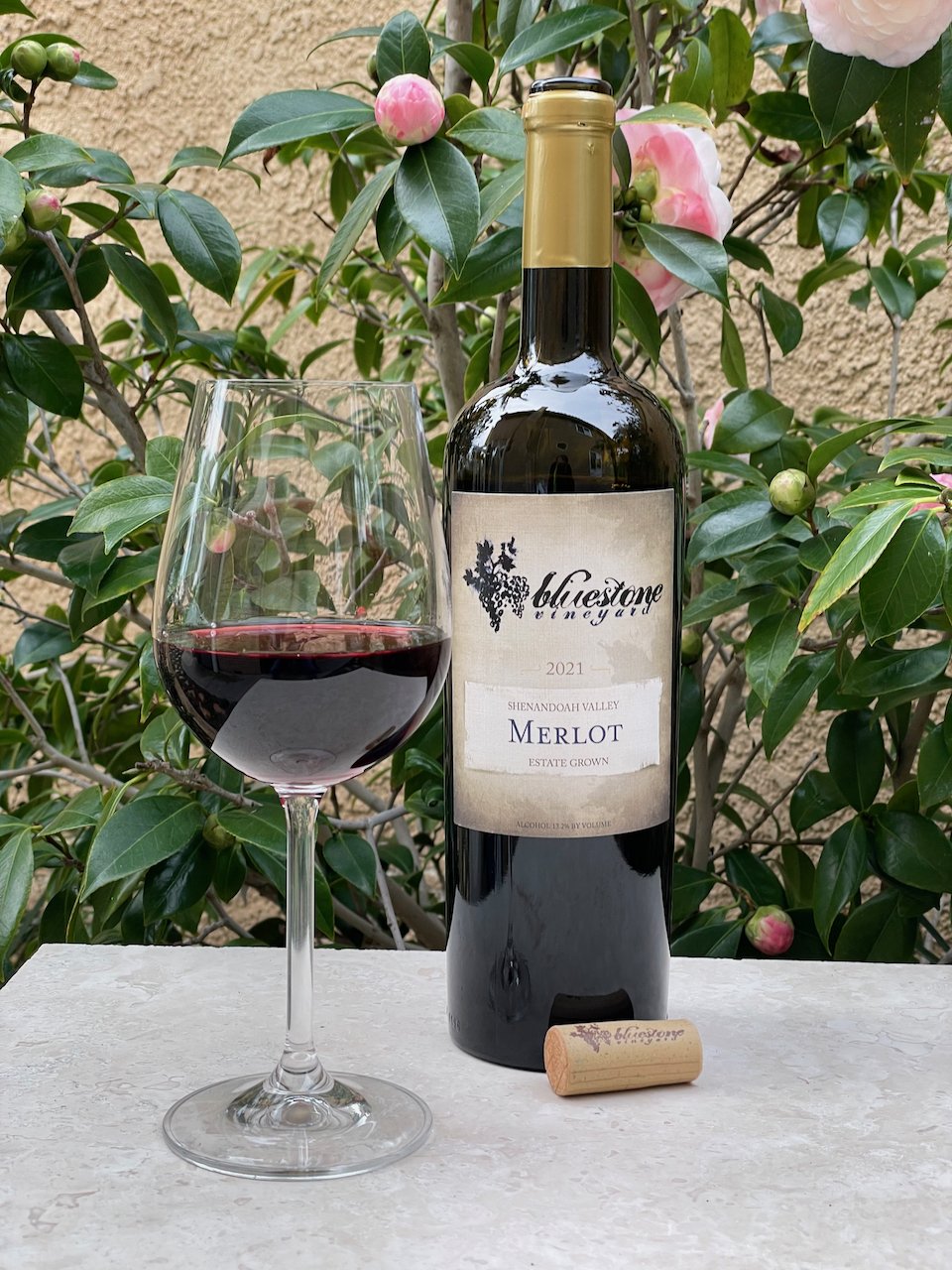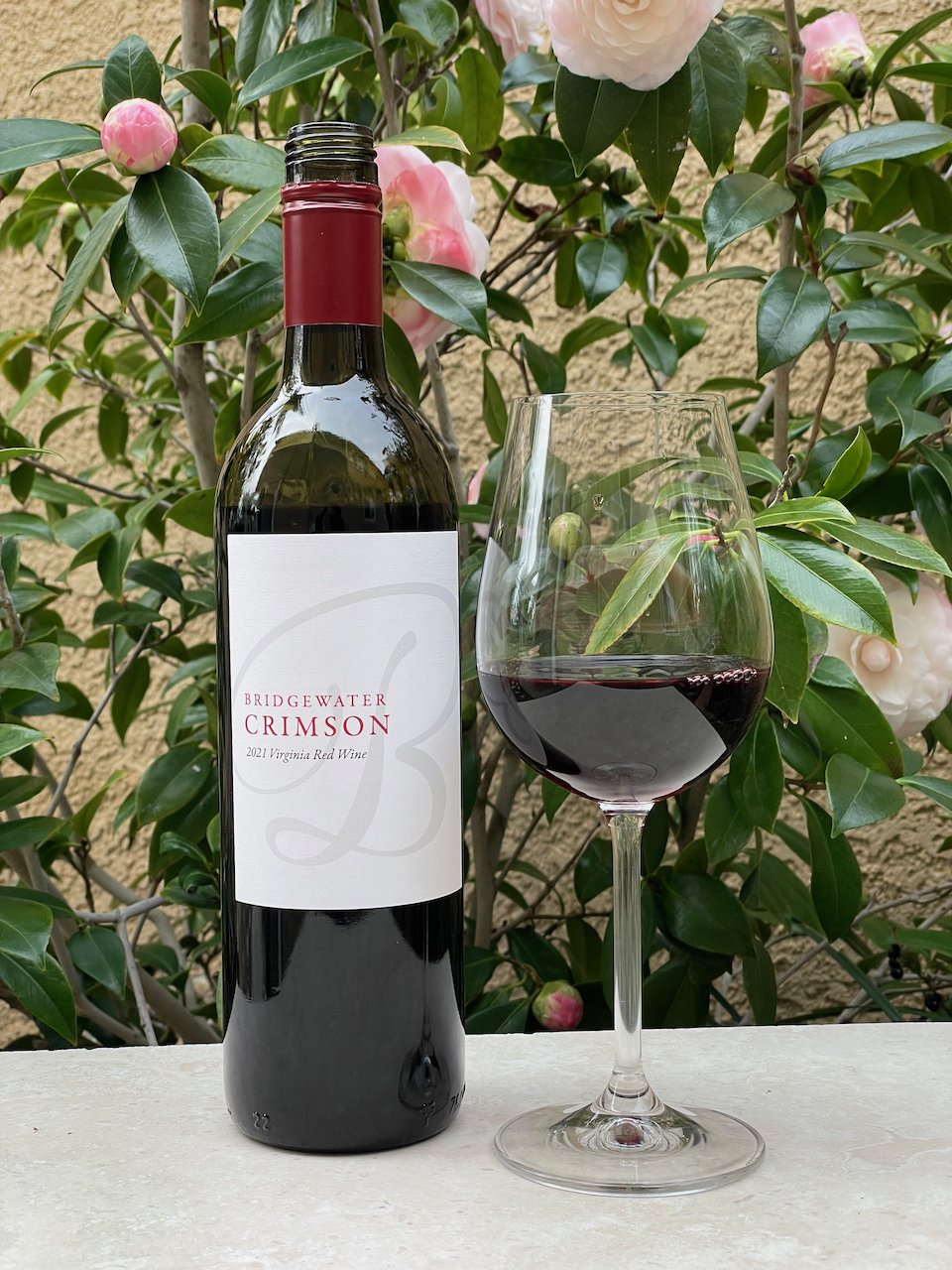Photo by Guilherme Hellwinkel on Unsplash
Uruguay is home to a proud winemaking tradition in an unusual location, and a far cry from the desert-and Andes-dominated landscapes associated with most vineyard regions in the South America continent.
Uruguay means “river of the painted birds” in the indigenous Guarani language
In Uruguay, the dominant factor is the Atlantic Ocean, whose winds, storms, and tides ensure a cool climate.
Uruguay is about the same size as the U.S. state of Wisconsin and its population of 3.5 million is roughly that of Connecticut.
In terms of planted vineyards (14,804 acres), it’s a little smaller than Alexander Valley in California’s Sonoma Valley.
In terms of worldwide production of Tannat (tahn-naht), Uruguay is second only to France. And, in Uruguay, Tannat accounts for 27% of vineyard plantings.
In Uruguay, Tannat is also known as Harriague (Ha-ree-AH-gay), surname of the first producer to plant it in the country
Even so, Uruguay is the 4th largest wine producer in South America
Other principal grape varieties include:
Reds: Merlot, Cabernet Sauvignon, Cabernet Franc
Whites: Sauvignon Blanc, Chardonnay, Viognier, Albariño
There are 180 active wineries
The oldest winery in Uruguay dates back to 1854 and is called Los Cerros de San Juan
Only 5% of the wines produced in Uruguay are exported. And, just under 20% of the exports are to the U.S. (i.e., ~1% of wines from Uruguay make it to the U.S.)
Most wineries are family businesses with many now in the 3rd and 4th generations
Today, Uruguay has a dual character: on the one hand it continues to produce in a traditional style to suit local tastes, with Tannat dominating the scene. On the other, alternative and innovative styles, such as sparkling whites and much lighter reds are appearing.
Look for upcoming Behind the Cork™ Wine of the Week blogs featuring Tannat from some of the best wineries in Uruguay. Cheers!







